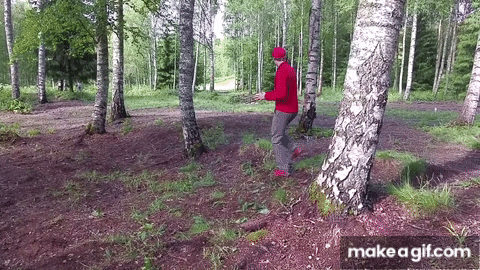- Joined
- Jul 6, 2012
- Messages
- 1,312
Getting players to know rules that don't seem intuitive is difficult. An element of inferring intent is a worthy trade-off, compared to making a long list of natural and inconsequential actions illegal.
Also, we're self-officiated. The possible thrower is part of the group and can weigh in. A lot of times they'll make an immediate, reflexive (and therefore honest) comment about what happened.
The problem (albeit, perhaps not a big on in this case) is that "intuitive" is subjective. Also, keep in mind that this is not a discussion of legal and illegal, i.e., not a discussion of penalties (although some, whom I won't mention, apparently think the score in disc golf is a tally of penalties assessed). So there is no long list of illegal things, just the definition of what constitutes a throw. I suggest that what should be striven for is not what people find intuitive or, at least, intuitiveness should not be the goal, but instead the rule should be easy to assess, like "once the thrower has taken a stance, release of the disc constitutes a throw."
I don't suggest that such a rule is necessary or that there is some rash of incidents warranting any change. To me, it's just a challenge as to how the rule might be made more elegant and easy to interpret. If players understand that release of a disc after taking a stance constitutes a throw and, even for disc golfers, that seems pretty easy to understand, then there should be no complaint by anyone who gets in a stance and releases their disc. The intent component is fine, but unnecessary and without benefit in my view.
